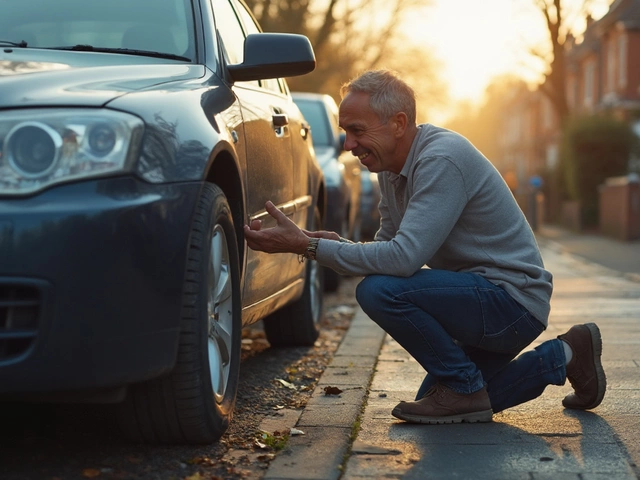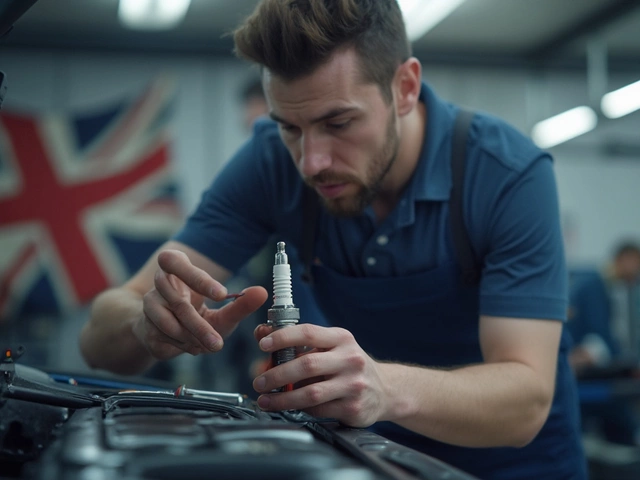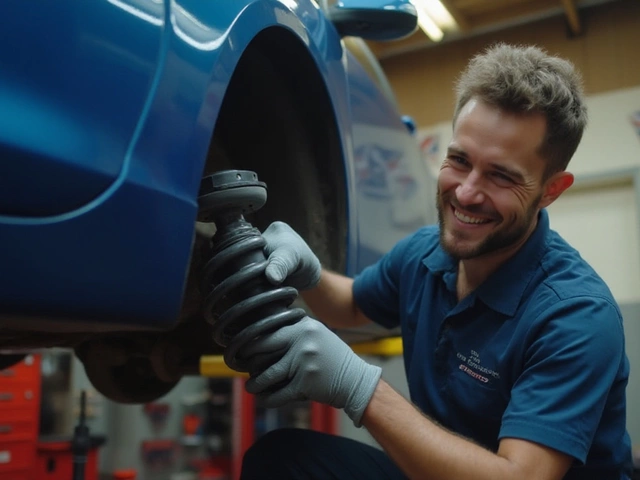So, you're finding yourself pondering the question: is it okay to just swap out the brake pads? It's a common thought, especially when you're trying to save a few bucks on car maintenance. The truth is, brake pads are absolutely crucial, acting as the primary buffer between you and the chaos of the road when you stop.
But here's the kicker: simply replacing the pads might not always do the trick. Once you start hearing those squeaky or grinding noises, it might already be time. The pads themselves are just part of the bigger picture—there’s the rotor, calipers, and all those other parts that help you come to a smooth halt.
Now, before you rush into a DIY mission in your garage, remember that while it can look easy on YouTube, it’s not always so. A professional might charge a bit more, but they can spot other issues lurking in your brake system that you might miss. But don't worry, we’ll go through all the nitty-gritty details to help you decide what's best for your ride.
- Why Brake Pads Matter
- When to Replace Brake Pads
- Is Replacing Just the Pads Enough?
- DIY vs Professional Replacement
- Tips for Extending Brake Life
Why Brake Pads Matter
Brake pads are not just pieces of metal and composite. Think of them as the unsung heroes of your vehicle's safety system. When you push down that brake pedal, these brake pads clench onto the rotors, helping you come to a stop. Without them, well, you might not be stopping at all!
One of the biggest reasons brake pads are so important is because they reduce the wear and tear on other parts of your brake system. By absorbing most of the friction, they save your rotors and calipers from wearing down too quickly. Replacing just the pads instead of the entire brake system can save you money in the long run.
How They Work in Harmony
The brake system is a team effort. Besides brake pads, there's the rotor, the caliper, and the hydraulic system. When you hit the brakes, the caliper squeezes the pads against the rotor's spinning surface, creating the friction needed to reduce speed. It's like squeezing the rim of a spinning wheel to make it stop.
And get this, modern vehicles' braking systems are so sophisticated that they balance the force between each brake pad to ensure even wear. Yep, your car is pretty smart, huh?
Safety First, Always
Here’s where it gets real: brake pads are literally lifesavers. According to the National Safety Council, faulty brakes are a leading cause of vehicular accidents. Regularly checking and changing your brake pads minimizes the risk of brake failure when you're in a critical situation.
| Component | Replacement Frequency |
|---|---|
| Brake Pads | Every 30,000 to 70,000 miles |
| Rotors | Every 50,000 to 70,000 miles |
| Calipers | Can last the life of the vehicle with proper maintenance |
Knowing when to check your brake pads can prevent those uncomfortable grinding noises or worse – an accident. Keep them in check, and your car will thank you by keeping you safe on the road!
When to Replace Brake Pads
Knowing exactly when to replace brake pads can make a huge difference in keeping your vehicle safe and your wallet intact. So, what are the signs you should be on the lookout for? Let's dive into the nitty-gritty.
Listen to the Sounds
One of the easiest ways to know if it's time to replace your brake pads is by listening. If you hear a squealing noise when you apply the brakes, that's a warning from the built-in wear indicators. It's like the pad's way of saying, 'Hey, I need some attention!' If it evolves into a grinding sound, act fast! That means you’re already down to the metal and might be damaging the rotor.
Feel for the Response
Besides the noise, pay attention to how your car responds when you hit the brakes. If they feel less responsive or you have to push the pedal further than usual, it’s a red flag. In extreme cases, the car might pull to one side when braking, which could signal an uneven wear on your pads.
Check the Thickness
If you can, visually inspect the brake pads. The general rule of thumb is that you should replace them if they’re less than a quarter inch thick. Some folks slide a sheet of paper between the pad and rotor to measure—simple but effective!
Yearly Check-Up
Even if everything seems fine, it’s good practice to have your brakes inspected once a year during a routine maintenance check-up. Professionals often uncover wear and tear you might not notice until it’s too late, saving you some serious cash down the road.
| Component | Lifespan (Miles) |
|---|---|
| Brake Pads | 30,000-70,000 |
| Rotors | 70,000-100,000 |
| Calipers | 75,000-100,000 |
The table above gives a rough idea of how long various brake components last. It's important to remember that these numbers vary based on factors like driving habits and conditions.
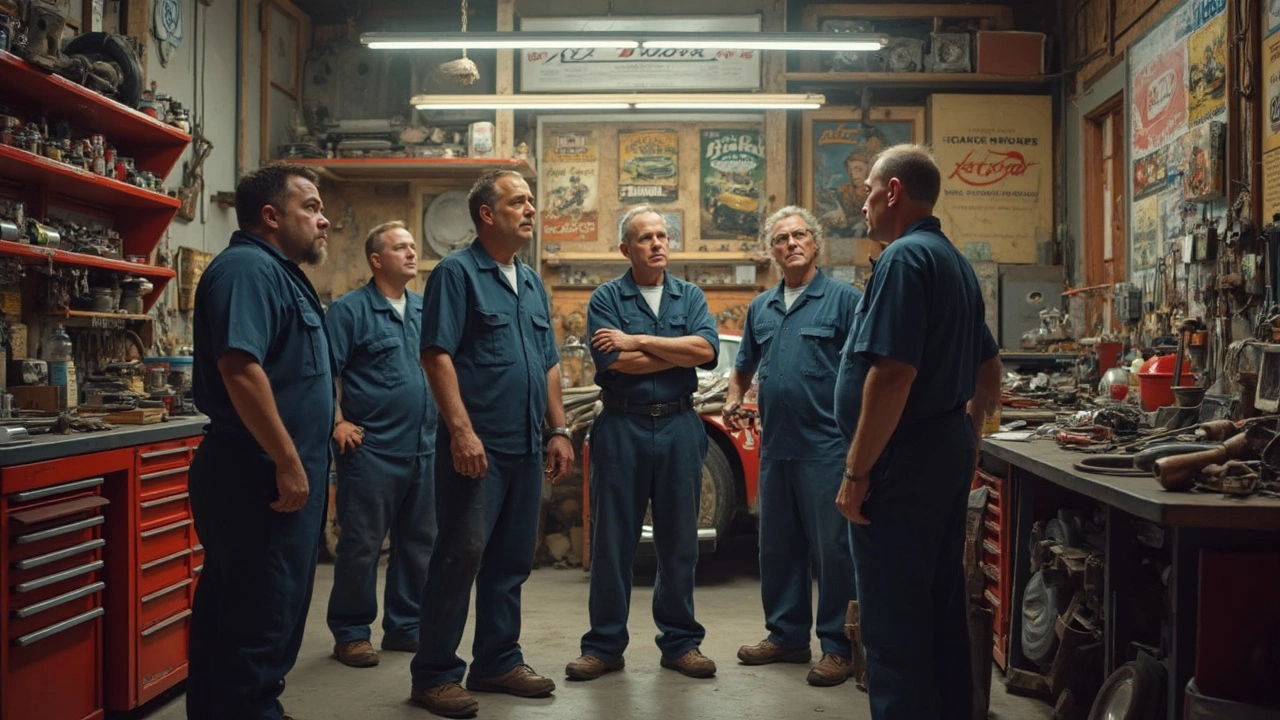
Is Replacing Just the Pads Enough?
Let's dive into whether just swapping the brake pads will cut it. Your brakes are a system with several key components working together, like the rotor, calipers, and, of course, the pads. If the pads are worn, it's often a sign that other parts might need checking, too.
Checking the Rotors
The rotor's condition is crucial. When the brake pads wear thin, they can damage the rotor by causing grooves or even warps. That's why checking the rotor's thickness and surface is important. If they're too damaged, you might need to replace or resurface them.
Caliper Inspection
Calipers hold the brake pads and squeeze them against the rotors when you brake. If they're sticking or leaking, they can wear out your new pads prematurely, and even make your brakes feel spongy. A thorough check of the calipers during a pad replacement is, therefore, a smart move.
Braking System Maintenance
- Visually inspect the brake lines for cracks or leaks, which can affect braking efficiency.
- Check brake fluid levels—low fluid can indicate a leak in the system.
An overall brake system check can save you from unexpected failures.
When Just Pads Are OK
In some cases, like when you're maintaining your car regularly, just replacing the pads is enough. But the only way to know for sure is by getting everything checked. An experienced eye can spot issues before they become costly problems.
DIY vs Professional Replacement
Tackling a brake pad replacement project on your own can seem like an attractive option, especially if you're trying to save some cash. However, it’s essential to weigh the pros and cons before diving in.
Why DIY Can Be Appealing
One of the biggest perks of the DIY approach is the cost savings. By doing the job yourself, you can save on labor costs, which typically make up a significant portion of a mechanic’s bill. Plus, there's a certain satisfaction that comes from rolling up your sleeves and getting to know your car better.
Another plus? Flexibility. You can choose your timetable, and your choice of brake pads—from the budget-friendly to the high-performance range. With the myriad of online tutorials available, many folks believe they can handle the task safely and efficiently.
When Professional Help is the Way to Go
On the flip side, opting for professional installation ensures reliability. Experienced mechanics can spot other potential issues—like worn rotors or faulty calipers—that you might overlook as a DIY-er. It’s not just about replacing brake pads; they can provide comprehensive checks and balances.
Time is another factor. A seasoned mechanic can complete the job faster than most novices, ensuring your vehicle returns to the road quickly and safely. Let’s face it—not everyone has the leisure of working on their car at their own pace.
| Task | Duration DIY | Duration Professional |
|---|---|---|
| Brake Pad Replacement | 2-4 hours | 1-2 hours |
Navigating Your Decision
If you choose the DIY route, ensure you have a quality set of tools and a reliable guide or video to follow. It’s crucial to work on a flat, stable surface and to take all necessary precautions, like properly securing the car on jack stands. Start small and gauge your comfort level; there’s no shame in reaching out to a pro if things feel overwhelming.
Ultimately, the decision comes down to your personal comfort, skill level, and the specific needs of your brake repairs. Whether you break out your toolbox or head to your trusted mechanic, the goal is the same: a safe, reliable car that stops when you need it to.
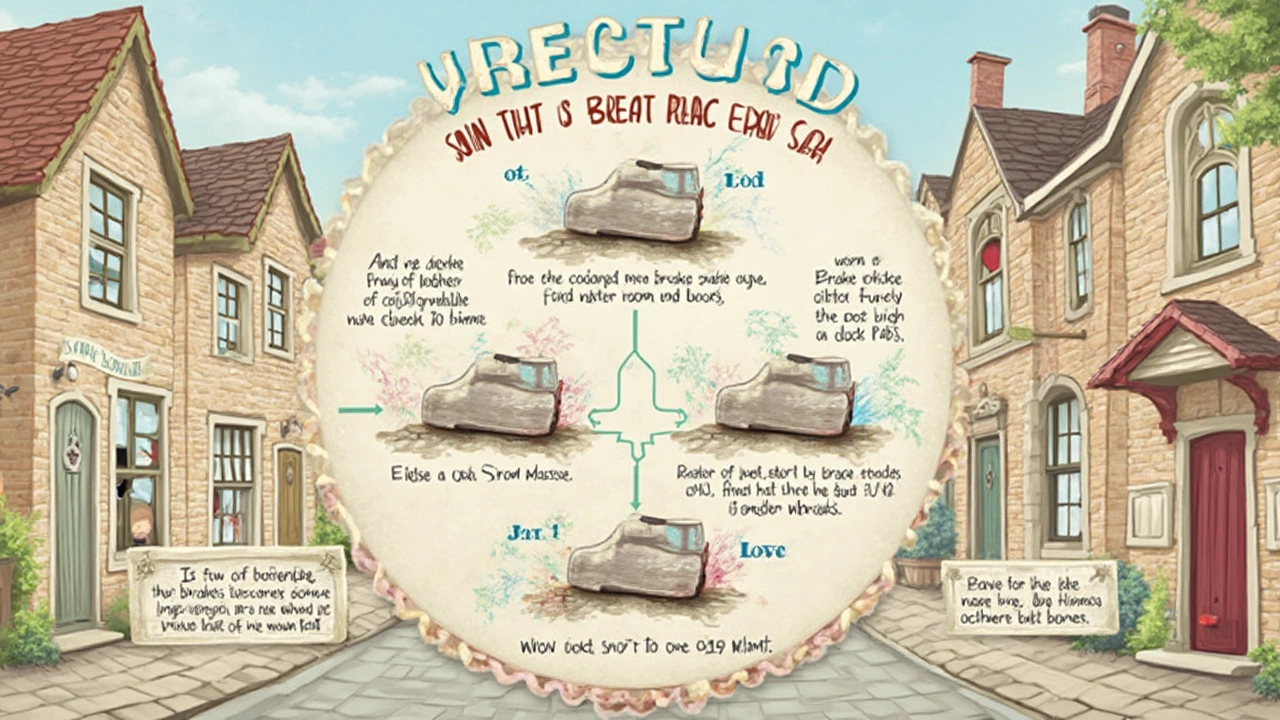
Tips for Extending Brake Life
Your brakes are like your car's secret defenders, and taking good care of them can keep you safer and save you cash. Let's explore some real-world car maintenance moves to help your brake pads hang in there a bit longer.
Ease Off the Gas
Ever stop and think about how you drive? Your driving habits can really impact the life of your brakes. Avoid speeding up only to hit the brakes hard later. If you see a red light or a stop sign way ahead, just ease off the gas a little instead of slamming the brakes at the last second. It gives your pads a breather and your wallet too!
Lighten the Load
Got a bunch of stuff in your trunk? Extra weight means the engine works harder and so do your brakes. Time for a little clean-up! By keeping your car as light as you can, you'll not only help your brake system but also boost your fuel economy a tad.
Avoid Unnecessary Stops
City driving with all those stops and starts can wear down your brakes quick. If it's possible, try taking routes with fewer stops. It’s like giving your brakes a mini holiday. Obviously, this isn’t always an option, but it's something to keep in mind.
Stick to Maintenance Schedules
Manufacturers usually suggest when to check or change brake pads. Stick to it! Just like visiting a doctor for a check-up, routine brake checks mean you can catch bad stuff before it happens. Whether you're a car DIYer or rely on a shop, keeping tabs on your maintenance schedule is key.
| Brake Part | Recommended Check Duration |
|---|---|
| Brake Pads | Every 20,000 - 60,000 miles |
| Rotor Inspection | Every 30,000 - 70,000 miles |
Keeping these tips in mind can keep your brakes working smoothly for the long haul. Just remember, a little love now can save a lot of stress (and money) later.

